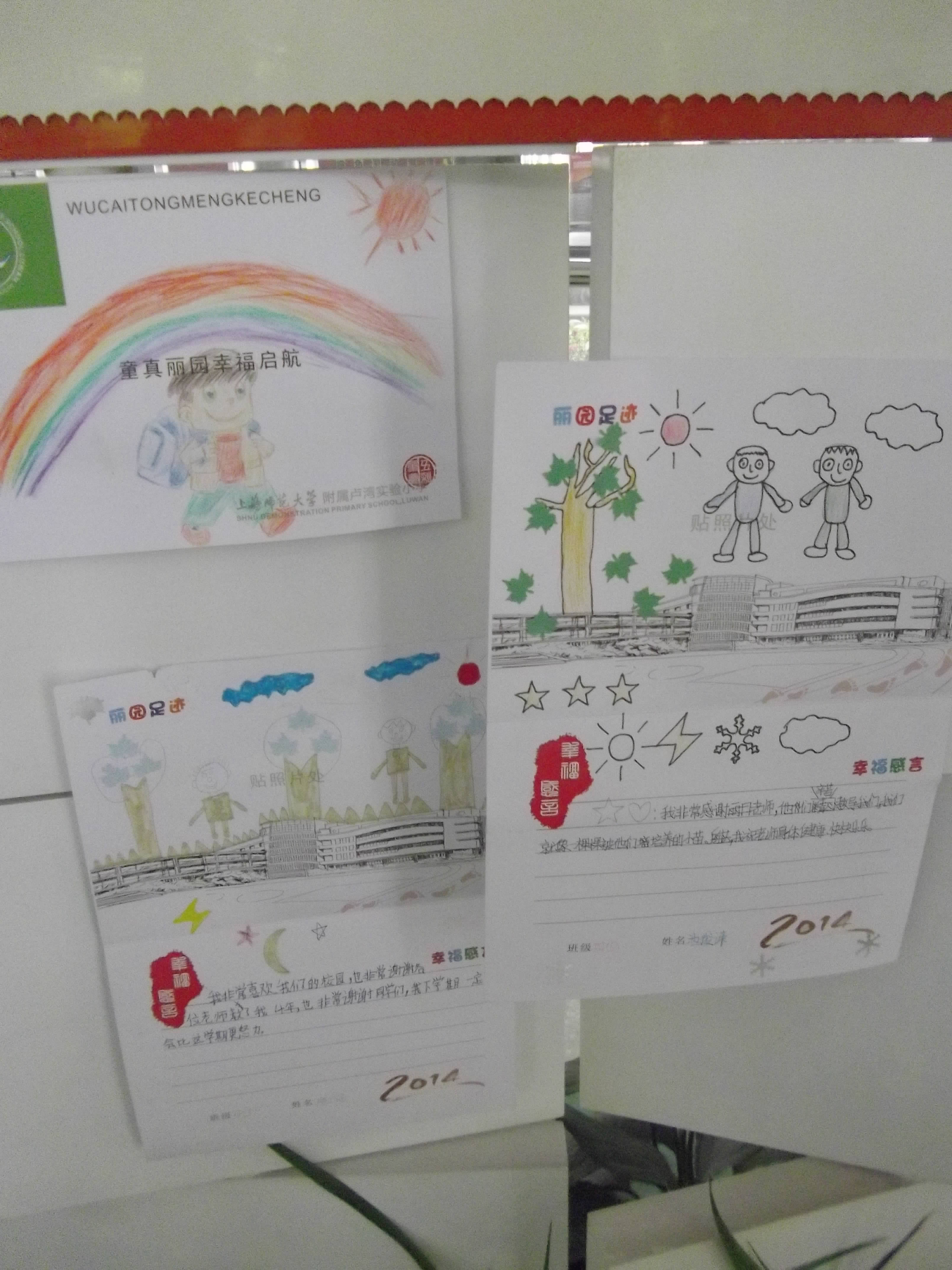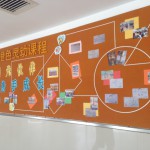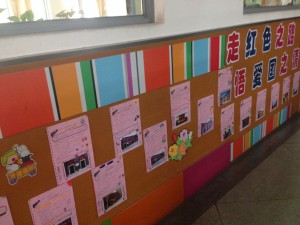
June 12, 2014, by educationguestblog
Just have to look around to see educational values….
As we go to Shanghai schools, we only have to look around us to see how different the education here is from at home. The everyday things tell us about different priorities- culturally and educationally.
We can’t help noticing the cultural paradox of a more collective society in which education is fiercely, individually competitive. We see children taking turns to clean their classrooms, electing their class monitors and representatives and organising themselves for certain activities in ways our children do not. The monitors are proud of their roles and play a part in maintaining order in class and school and they are “elected”, but also chosen on the basis of their grades. This is one of those strange contradictions between the collective and competitive aspects of life in Shanghai.
Then we have the contradiction of education for all in Shanghai. There is education for all but with a clear hierarchy of what is the best education. Shanghai has a very liberal policy for immigrant children. “Immigrant” being children from the countryside who do not have official residence permits for Shanghai. In much of China these children do not get a free education. However, in Shanghai, they get state primary and mostly secondary education. However, we have been told that most of them, will end up in the vocational stream, which takes the children who do not score well enough on exams to go into the academic stream. There is no suggestion that vocational education is suitable for the high achievers in Shanghai. One of the issues might be the schools that immigrant children can attend and the amount of additional tuition their families can afford. We have been told that around 20% of schools here are private- a far higher proportion than in England- and are used by the richer parents. The PISA results showed Shanghai pupils do more homework and more out-of-school tutoring than any other nation.
Educational priorities are also clear from a glimpse at the walls of the schools we have been in. In the exhibition schools we saw a sophisticated five-stream integrated curriculum. Each stream (intellectual, social, creative etc) has a colour and there is a display in the school for each colour- just the one! Wall display here is not a priority and does not take up much teacher or pupil time, unlike the double mounted, multicolour extravaganzas produced by English teachers. In the classrooms we see simple displays of writing in English, Chinese and maths- the real priorities.
We have also seen displays of traditional display of calligraphy and paper cutting. This has given us something to think about, because recent research in America has shown that children achieve better in classes where the display is “skimpy”, rather than in the busy, bright classes we are used to. Think of what teachers and TAs could do with the time they would save on not doing so many displays?
Perhaps it is time to stop judging primary education by what we see on the walls!
No comments yet, fill out a comment to be the first





Leave a Reply